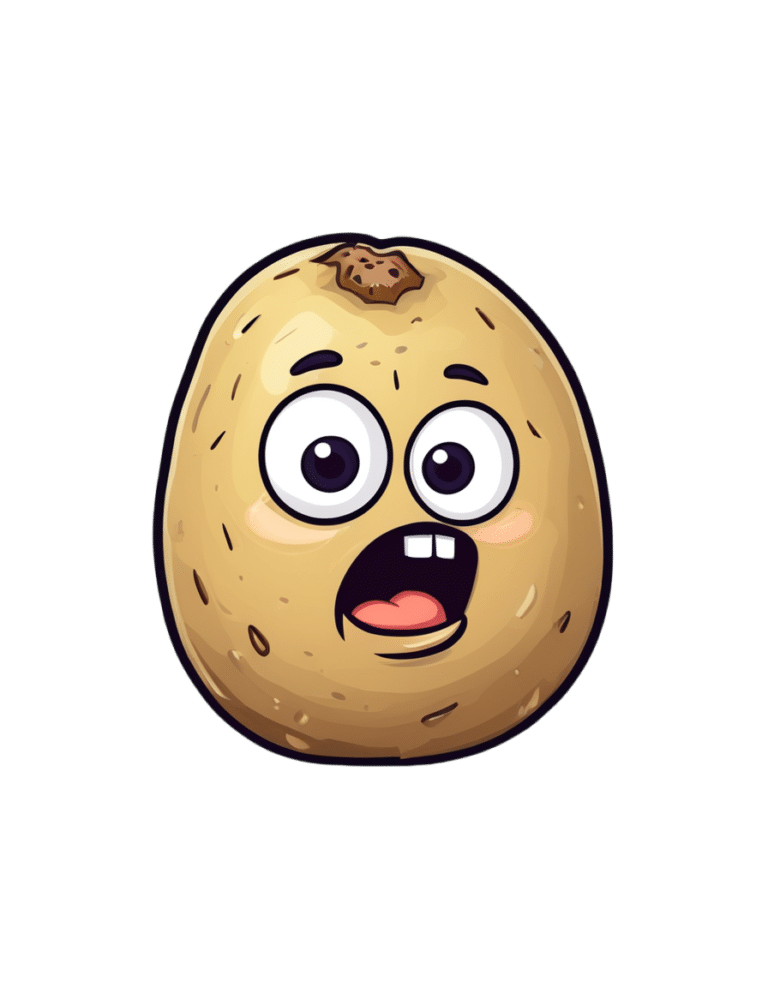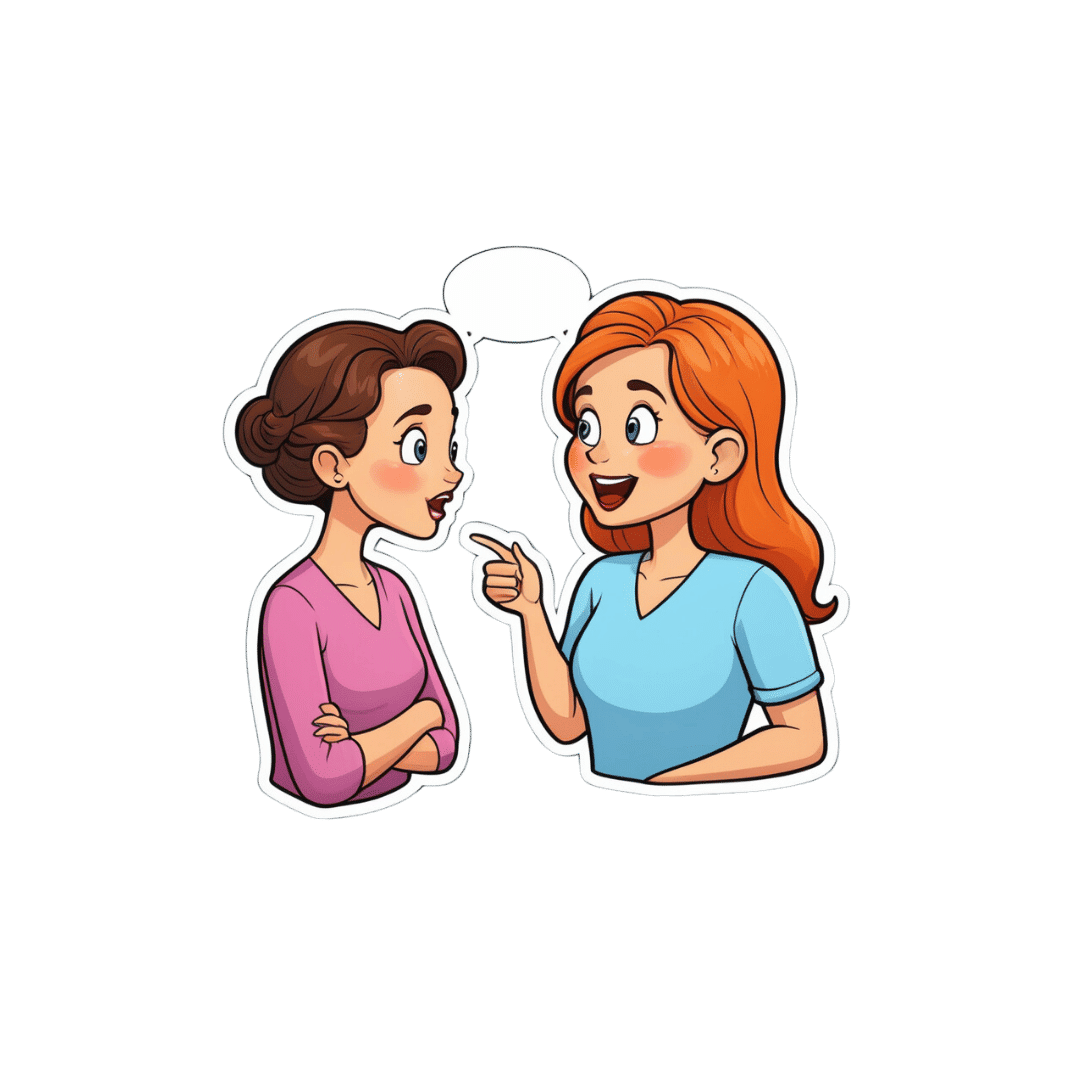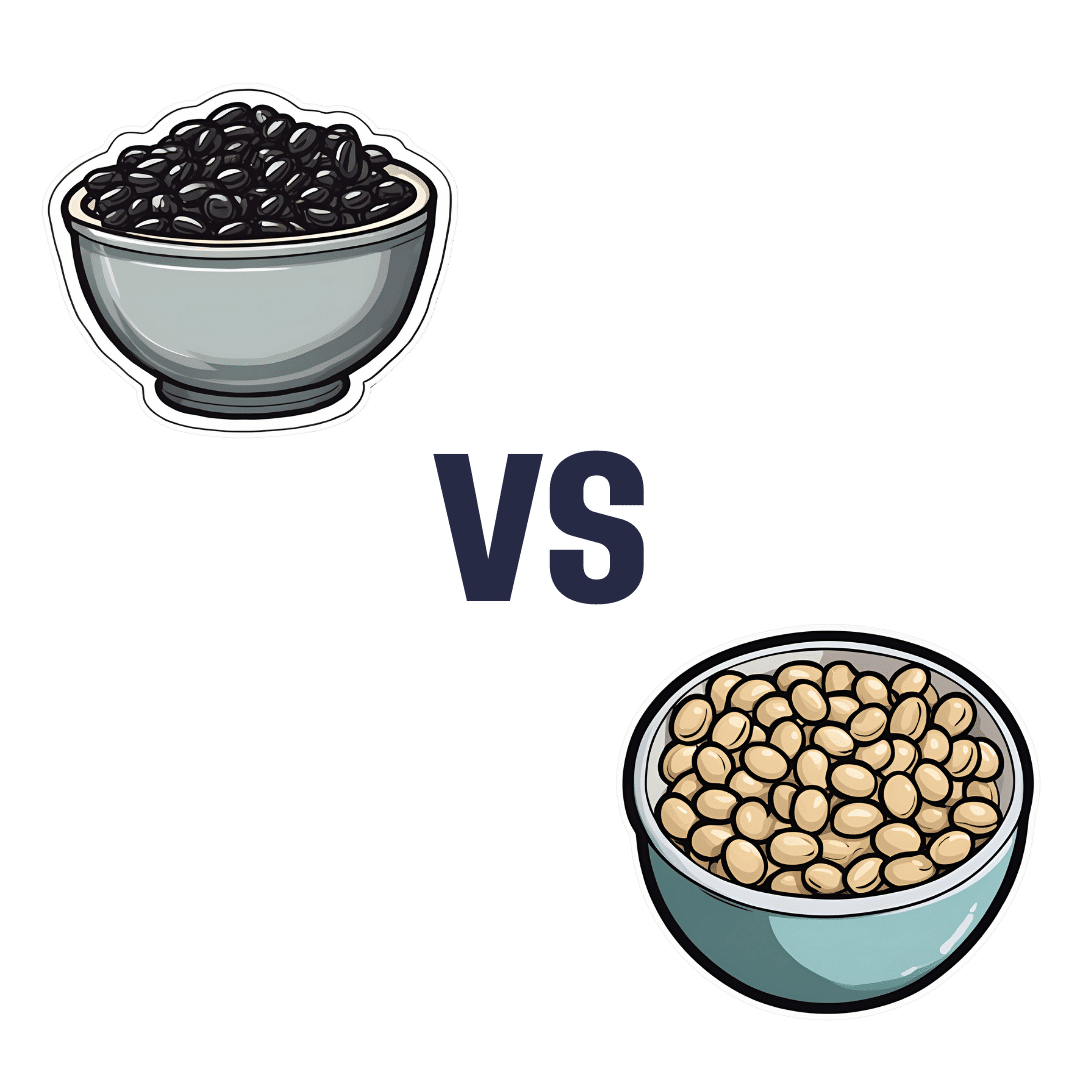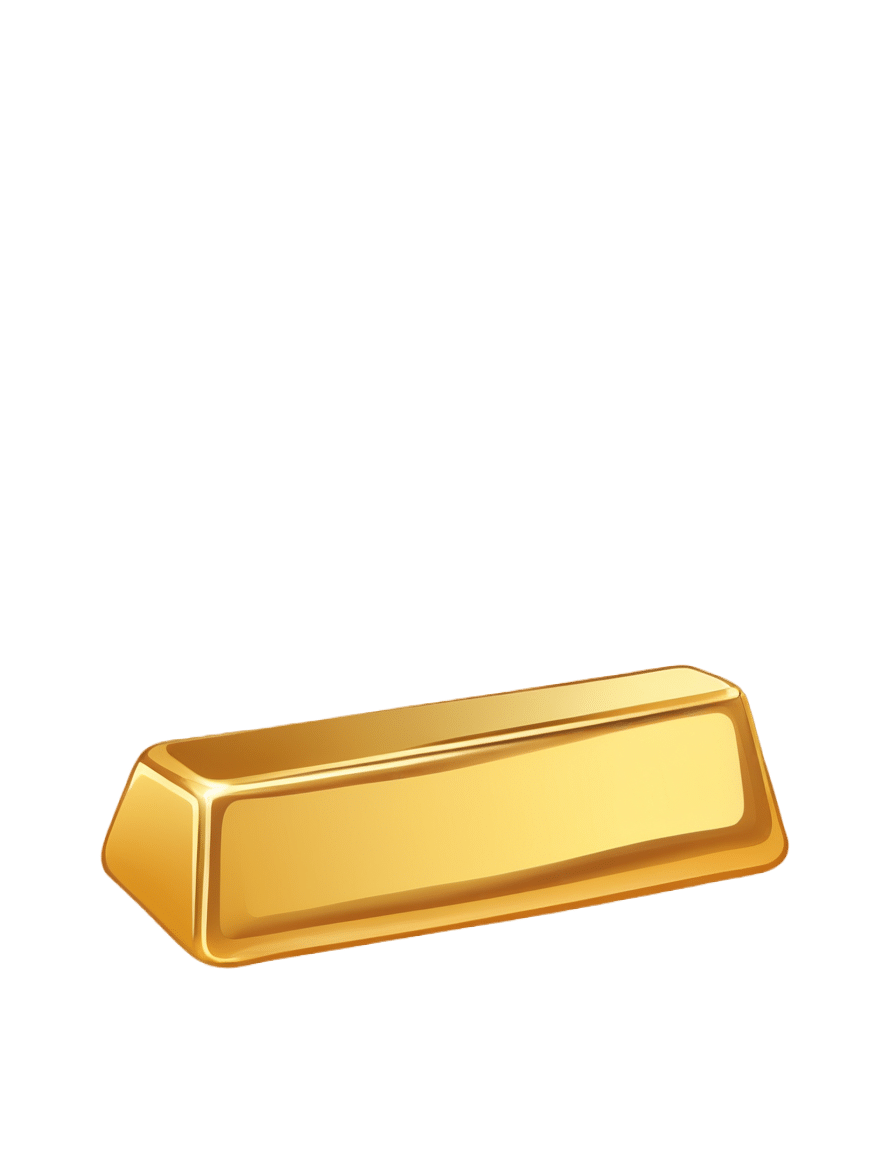
Testosterone, Tourette’s, and Tickly Throats
10almonds is reader-supported. We may, at no cost to you, receive a portion of sales if you purchase a product through a link in this article.
It’s Q&A Day at 10almonds!
Have a question or a request? You can always hit “reply” to any of our emails, or use the feedback widget at the bottom!
In cases where we’ve already covered something, we might link to what we wrote before, but will always be happy to revisit any of our topics again in the future too—there’s always more to say!
As ever: if the question/request can be answered briefly, we’ll do it here in our Q&A Thursday edition. If not, we’ll make a main feature of it shortly afterwards!
So, no question/request too big or small
❝Could you do a series on mens health? Testosterone boosters. Libido? What works what doesnt? Also could you discuss prostate health and what supplements, meds, foods or protocols work to relieve symptoms of bph❞
We could indeed! We’ll be sure to write more, but while you’re waiting, you might like to read our main feature from a while back:
Too Much Or Too Little Testosterone?
…as it does include a lot about the use of a supplement that helps against Benign Prostatic Hyperplasia, with performance comparable to the most common drug prescribed for such.
And since (like that drug) it’s a 5α-reductase inhibitor (meaning it works by blocking the conversion of testosterone to DHT), this means it helps against prostate problems (and also, incidentally, male pattern hair loss) without reducing overall testosterone levels. In fact, because less testosterone will be converted to DHT, you’ll actually (all other things being equal) end up with slightly higher free testosterone levels.
❝My BMI is fine, but my waist is too big. What do I do about that? I am 5′ 5″ tall and 128 pounds and 72 years old.❞
It’s hard to say without knowing about your lifestyle (and hormones, for that matter)! But, extra weight around the middle in particular is often correlated with high levels of cortisol, so you might find this of benefit:
Lower Your Cortisol! (Here’s Why & How)
❝Is there anything special that might help someone with Tourette’s syndrome?❞
There are of course a lot of different manifestations of Tourette’s syndrome, and some people’s tics may be far more problematic to themselves and/or others, while some may be quite mild and just something to work around.
It’s an interesting topic for sure, so we’ll perhaps do a main feature (probably also covering the related-and-sometimes-overlapping OCD umbrella rather than making it hyperspecific to Tourette’s), but meanwhile, you might consider some of these options:
- Deep Brain Stimulation (DBS)
- Medications/ Pharmacology
- Comprehensive Behavioral Intervention for Tics (CBIT)
- Speech Therapies
❝Natural solutions for osteoarthritis. Eg. Rosehip tea, dandelion root tea. Any others??? What foods should I absolutely leave alone?❞
We’ll do a main feature on arthritis (in both its main forms) someday soon, but meanwhile, we recommend eating for good bone/joint health and against inflammation. To that end, you might like these main features we did on those topics:
- We Are Such Stuff As Fish Are Made Of (collagen for bone and joint health)
- The Bare-Bones Truth About Osteoporosis (eating for bone health generally)
- Keep Inflammation At Bay (dietary tips for minimizing inflammation—also, our all-time most popular article to date!)
Of these, probably the last one is the most critical, and also will have the speediest effects if implemented.
We turn the tables and ask you a question!
We’ll then talk about this tomorrow:
Don’t Forget…
Did you arrive here from our newsletter? Don’t forget to return to the email to continue learning!
Recommended
Learn to Age Gracefully
Join the 98k+ American women taking control of their health & aging with our 100% free (and fun!) daily emails:
-
Climate Change Threatens the Mental Well-Being of Youths. Here’s How To Help Them Cope.
10almonds is reader-supported. We may, at no cost to you, receive a portion of sales if you purchase a product through a link in this article.
We’ve all read the stories and seen the images: The life-threatening heat waves. The wildfires of unprecedented ferocity. The record-breaking storms washing away entire neighborhoods. The melting glaciers, the rising sea levels, the coastal flooding.
As California wildfires stretch into the colder months and hurricane survivors sort through the ruins left by floodwaters, let’s talk about an underreported victim of climate change: the emotional well-being of young people.
A nascent but growing body of research shows that a large proportion of adolescents and young adults, in the United States and abroad, feel anxious and worried about the impact of an unstable climate in their lives today and in the future.
Abby Rafeek, 14, is disquieted by the ravages of climate change, both near her home and far away. “It’s definitely affecting my life, because it’s causing stress thinking about the future and how, if we’re not addressing the problem now as a society, our planet is going to get worse,” says Abby, a high school student who lives in Gardena, California, a city of 58,000 about 15 miles south of downtown Los Angeles.
She says wildfires are a particular worry for her. “That’s closer to where I live, so it’s a bigger problem for me personally, and it also causes a lot of damage to the surrounding areas,” she says. “And also, the air gets messed up.”
In April, Abby took a survey on climate change for kids ages 12-17 during a visit to the emergency room at Children’s Hospital of Orange County.
Rammy Assaf, a pediatric emergency physician at the hospital, adapted the survey from one developed five years ago for adults. He administered his version last year to over 800 kids ages 12-17 and their caregivers. He says initial results show climate change is a serious cause of concern for the emotional security and well-being of young people.
Assaf has followed up with the kids to ask more open-ended questions, including whether they believe climate change will be solved in their lifetimes; how they feel when they read about extreme climate events; what they think about the future of the planet; and with whom they are able to discuss their concerns.
“When asked about their outlook for the future, the first words they will use are helpless, powerless, hopeless,” Assaf says. “These are very strong emotions.”
Assaf says he would like to see questions about climate change included in mental health screenings at pediatricians’ offices and in other settings where children get medical care. The American Academy of Pediatrics recommends that counseling on climate change be incorporated into the clinical practice of pediatricians and into medical school curriculums, but not with specific regard to mental health screening.
Assaf says anxiety about climate change intersects with the broader mental health crisis among youth, which has been marked by a rise in depression, loneliness, and suicide over the past decade, though there are recent signs it may be improving slightly.
A 2022 Harris Poll of 1,500 U.S. teenagers found that 89% of them regularly think about the environment, “with the majority feeling more worried than hopeful.” In addition, 69% said they feared they and their families would be affected by climate change in the near future. And 82% said they expected to have to make key life decisions — including where to live and whether to have children — based on the state of the environment.
And the impact is clearly not limited to the U.S. A 2021 survey of 10,000 16- to 25-year-olds across 10 countries found “59% were very or extremely worried and 84% were at least moderately worried” about climate change.
Susan Clayton, chair of the psychology department at the College of Wooster in Ohio, says climate change anxiety may be more pronounced among younger people than adults. “Older adults didn’t grow up being as aware of climate change or thinking about it very much, so there’s still a barrier to get over to accept it’s a real thing,” says Clayton, who co-created the adult climate change survey that Assaf adapted for younger people.
By contrast, “adolescents grew up with it as a real thing,” Clayton says. “Knowing you have the bulk of your life ahead of you gives you a very different view of what your life will be like.” She adds that younger people in particular feel betrayed by their government, which they don’t think is taking the problem seriously enough, and “this feeling of betrayal is associated with greater anxiety about the climate.”
Abby believes climate change is not being addressed with sufficient resolve. “I think if we figure out how to live on Mars and explore the deep sea, we could definitely figure out how to live here in a healthy environment,” she says.
If you are a parent whose children show signs of climate anxiety, you can help.
Louise Chawla, professor emerita in the environmental design program at the University of Colorado-Boulder, says the most important thing is to listen in an open-ended way. “Let there be space for kids to express their emotions. Just listen to them and let them know it’s safe to express these emotions,” says Chawla, who co-founded the nonprofit Growing Up Boulder, which works with the city’s schools to encourage kids to engage civically, including to help shape their local environment.
Chawla and others recommend family activities that reinforce a commitment to the environment. They can be as simple as walking or biking and participating in cleanup or recycling efforts. Also, encourage your children to join activities and advocacy efforts sponsored by environmental, civic, or religious organizations.
Working with others can help alleviate stress and feelings of powerlessness by reassuring kids they are not alone and that they can be proactive.
Worries about climate change should be seen as a learning opportunity that might even lead some kids to their life’s path, says Vickie Mays, professor of psychology and health policy at UCLA, who teaches a class on climate change and mental health — one of eight similar courses offered recently at UC campuses.
“We should get out of this habit of ‘everything’s a mental health problem,’” Mays says, “and understand that often a challenge, a stress, a worry can be turned into advocacy, activism, or a reach for new knowledge to change the situation.”
This article was produced by KFF Health News, which publishes California Healthline, an editorially independent service of the California Health Care Foundation.
KFF Health News is a national newsroom that produces in-depth journalism about health issues and is one of the core operating programs at KFF—an independent source of health policy research, polling, and journalism. Learn more about KFF.
Subscribe to KFF Health News’ free Morning Briefing.
This article first appeared on KFF Health News and is republished here under a Creative Commons license.
Share This Post
-
Black Beans vs Soy Beans – Which is Healthier?
10almonds is reader-supported. We may, at no cost to you, receive a portion of sales if you purchase a product through a link in this article.
Our Verdict
When comparing black beans to soy beans, we picked the soy.
Why?
Quite some heavyweights competing here today, as both have been the winners of other comparisons!
Comparing these two’s macros first, black beans have 3x the carbs and slightly more fiber, while soy has more than 2x the protein. We’ll call this a win for soy.
As a tangential note, it’s worth remembering also that soy is a complete protein (contains a full set of the amino acids we need), whereas black beans… Well, technically they are too, but in practicality, they only have much smaller amounts of some amino acids.
In terms of vitamins, black beans have more of vitamins B1, B3, B5, B9, and E, while soy beans have more of vitamins A, B2, B6, C, K, and choline. A marginal win for soy here.
In the category of minerals, however, it isn’t close: black beans are not higher in any minerals, while soy beans are higher in calcium, copper, iron, magnesium, manganese, phosphorus, potassium, selenium, and zinc. An overwhelming win for soy.
It should be noted, however, that black beans are still very good for minerals! They just look bad when standing next to soy, that’s all.
So, enjoy either or both, but for nutritional density, soy wins the day.
Want to learn more?
You might like to read:
Plant vs Animal Protein: Head to Head
Take care!
Share This Post
-
Red Cabbage vs Brussels Sprouts – Which is Healthier?
10almonds is reader-supported. We may, at no cost to you, receive a portion of sales if you purchase a product through a link in this article.
Our Verdict
When comparing red cabbage to Brussels sprouts, we picked the sprouts.
Why?
First let’s note that we have an interesting comparison today, because these two plants are the exact same species (and indeed, also the exact same species as broccoli, cauliflower. and kale)—just a different cultivar. All of these plants and more are simply cultivars of Brassica oleracea.
Them being the same species notwithstanding, there are nutritional differences:
In terms of macros, the sprouts have more than 2x the protein, slightly more carbs, and nearly 2x the fiber. An easy win for sprouts here.
Looking at vitamins next, red cabbage has more vitamin A (whence the color), while Brussels sprouts have more of vitamins B1, B2, B3, B5, B6, B7, B9, C, E, K, and choline. Another easy win for sprouts.
In the category of minerals, red cabbage has a tiny bit more calcium, while Brussels sprouts have more copper, iron, magnesium, manganese, phosphorus, potassium, selenium, and zinc—while being literally just a few mg/100g behind red cabbage on calcium anyway. So, once again, sprouts are sweeping the victory.
Both vegetables are a rich source of assorted polyphenols; for most polyphenols, Brussels sprouts scores higher—an exception being that red cabbage is very slightly higher in quercetin. So, we’ll call this category a win for Brussels sprouts, too.
In short: enjoy both; diversity is great and so is pretty much any iteration of Brassica oleracea. Standing next to Brussels sprouts made red cabbage look bad, but we assure you that cabbage in general is a nutritional powerhouse, and in this case it was hot the heels of sprouts in most of those micronutrients. If you’re going to pick one though, the Brussels sprouts are indeed the more nutritionally dense.
Want to learn more?
You might like to read:
Sprout Your Seeds, Grains, Beans, Etc ← sprout your Brassica oleracea, too!
Take care!
Share This Post
Related Posts
-
Colloidal Gold’s Impressive Claims
10almonds is reader-supported. We may, at no cost to you, receive a portion of sales if you purchase a product through a link in this article.
All That Glitters…
Today we’ll be examining colloidal gold supplementation.
This issue of 10almonds brought to you by the writer suddenly getting lots of advertisements for this supplement. It’s not a new thing though, and has been around in one form or another since pretty much forever.
Colloidal gold is…
- Gold, as in the yellow metal
- Colloidal, as in “very tiny insoluble particles dispersed though another substance (such as water)”
What are the claims made for it?
Honestly, just about everything is claimed for it. But to go with some popular claims:
- Reduces inflammation
- Supports skin health
- Boosts immune function
- Combats aging
- Improves cognitive function
So, what does the science say?
Does it do those things?
The short and oversimplified answer is: no
However, there is a little bit of tangential merit, so we’re going to talk about the science of it, and how the leap gets made between what the science says and what the advertisements say.
First… What makes gold so special, in general? Historically, three things:
- It’s quite rare
- It’s quite shiny
- It’s quite unreactive
- The first is about supply and demand, so that’s not very important to us in this article.
- The second is an aesthetic quality, which actually will have a little bit of relevance, but not much.
- The third has been important historically (because it meant that shiny gold stayed shiny, because it didn’t tarnish), and now also important industrially too, as gold can be used in many processes where we basically need for nothing to happen (i.e., a very inert component is needed)
That third quality—its unreactivity—has become important in medicine.
When scientists need a way to deliver something (without the delivering object getting eaten by the body’s “eat everything” tendencies), or otherwise not interact chemically with anything around, gold is an excellent choice.
Hence gold teeth, and gold fillings, by the way. They’re not just for the bling factor; they were developed because of their unreactivity and thus safety.
So, what about those health claims we mentioned above?
Here be science (creative interpretations not included)
The most-backed-by-science claim from that list is “reduces inflammation”.
Websites selling colloidal gold cite studies such as:
Gold nanoparticles reduce inflammation in cerebral microvessels of mice with sepsis
A promising title!The results of the study showed:
❝20 nm cit-AuNP treatment reduced leukocyte and platelet adhesion to cerebral blood vessels, prevented BBB failure, reduced TNF- concentration in brain, and ICAM-1 expression both in circulating polymorphonuclear (PMN) leukocytes and cerebral blood vessels of mice with sepsis. Furthermore, 20 nm cit-AuNP did not interfere with the antibiotic effect on the survival rate of mice with sepsis.❞
That “20 nm cit-AuNP” means “20 nm citrate-covered gold nanoparticles”
So it is not so much the antioxidant powers of gold being tested here, as the antioxidant powers of citrate, a known antioxidant. The gold was the carrying agent, whose mass and unreactivity allowed it to get where it needed to be.
The paper does say the words “Gold nanoparticles have been demonstrated to own important anti-inflammatory properties“ in the abstract, but does not elaborate on that, reference it, or indicate how.
Websites selling colloidal gold also cite papers such as:
Anti-inflammatory effect of gold nanoparticles supported on metal oxides
Another promising title! However the abstract mentions:
❝The effect was dependent on the MOx NPs chemical nature
[…]
The effect of Au/TiO2 NPs was not related to Au NPs size❞
MOx NPs = mineral oxide nanoparticles. In this case, the gold was a little more than a carrying agent, though, because the gold is described and explained as being a catalytic agent (i.e., its presence helps the attached mineral oxides react more quickly).
We said that was the most-backed claim, and as you can see, it has some basis but is rather tenuous since the gold by itself won’t do anything; it just helps the mineral oxides.
Next best-backed claim builds from that, which is “supports skin health”.
Sometimes colloidal gold is sold as a facial tonic. By itself it’ll distribute (inert) gold nanoparticles across your skin, and may “give you a healthy glow”, because that’s what happens when you put shiny wet stuff on your face.
Healthwise, if the facial tonic also contains some of the minerals we mentioned above, then it may have an antioxidant effect. But again, no minerals, no effect.
The claim that it “combats aging” is really a tag-on to the “antioxidant” claim.
As for the “supports immune health” claim… Websites selling colloid gold cite studies such as:
To keep things brief: gold can fight infectious diseases in much the same way that forks can fight hunger. It’s an inert carrying agent.
As for “improves cognitive function”? The only paper we could find cited was that mouse sepsis study again, this time with the website saying “researchers found that rats treated with colloidal gold showed improved spatial memory and learning ability“ whereas the paper cited absolutely did not claim that, not remotely, not even anything close to that. It wasn’t even rats, it was mice, and they did not test their memory or learning.
Is it safe?
Colloidal gold supplementation is considered very safe, precisely because gold is one of the least chemically reactive substances you could possibly consume. It is special precisely because it so rarely does anything.
However, impurities could be introduced in the production process, and the production process often involves incredibly harsh reagents to get the gold ions, and if any of those reagents are left in the solution, well, gold is safe but sodium borohydride and chloroauric acid aren’t!
Where can I get some?
In the unlikely event that our research review has given you an urge to try it, here’s an example product on Amazon
Take care!
Don’t Forget…
Did you arrive here from our newsletter? Don’t forget to return to the email to continue learning!
Learn to Age Gracefully
Join the 98k+ American women taking control of their health & aging with our 100% free (and fun!) daily emails:
-
Dealing With Hearing Loss
10almonds is reader-supported. We may, at no cost to you, receive a portion of sales if you purchase a product through a link in this article.
Hearing is important, not only for convenience, but also for cognitive health—as an inability to participate in what for most people is an important part of social life, has been shown to accelerate cognitive decline:
14 Powerful Strategies To Prevent Dementia ← one of them is looking after your hearing
To this end, we’ve written before about ways to retain (or at least slow the loss of) your hearing, here:
But, what if, despite our best efforts, your hearing is declining regardless, or is already impaired in some way?
Working with the hand we’ve been dealt
So, your hearing is bad and/or deteriorating. Assuming you’ve ruled out possibilities of fixing it, the next step is how to manage this new state of affairs.
One thing to seriously consider, sooner than you think you need to, is using hearing aids. This is because they will not only help you in the obvious practical way, but also, they will slow the associated decline of the parts of your brain that process the language you hear:
ACHIEVE study finds hearing aids cut cognitive decline by 48%
…and here’s the paper itself:
Furthermore, hearing aid use can significantly reduce all-cause mortality:
Your ears are not the only organs
Remember, today’s about dealing with hearing loss, not preventing it (for preventing it, see the second link we dropped up top).
With this in mind: do not underestimate the usefulness of learning to lipread.
Lipreading is not a panacea; it has its limitations:
- You can’t lipread an audio-only phonecall, or a podcast, or the radio
- You can’t lipread a video call if the video quality is poor
- You can’t lipread if someone is wearing a mask (as in many healthcare settings)
- You can’t lipread multiple people at once; you have to choose whose mouth to watch (or at least, you will miss the first word(s) each time while switching)
- You can’t lipread during sex if your/their face is somewhere else (may seem like a silly example, but actually communication can be important in sex, and the number of times this writer has had to say “Say again?” in intimate moments is ridiculous)
However, it can also make a huge difference the rest of the time, and can even be a superpower in times/places when other people’s hearing is nullified, such as a noisy environment, or a video call in which someone’s mic isn’t working.
The good news is, it’s really very easy to learn to lipread. There are many valid ways (often involving consciously memorizing mouth-shapes from charts, and then putting them together one by one to build a vocabulary), but this writer recommends a more organic, less effort-intensive approach:
- Choose a video of someone who speaks clearly, and for which video you already know what is being said (such as by using subtitles first, or a transcript, or perhaps the person is delivering a famous speech or reciting a poem that you know well, or it’s your favorite movie that you’ve watched many times).
- Now watch it with the sound off (assuming you do normally have some hearing; if you don’t, then you’re probably ahead of the game here) and just pay close attention to the lips. Do this on repeat; soon you’ll be able to “hear” the sounds as you see them made.
- Now choose a video of someone who speaks clearly, for which video you do not already know what is being said. You’ll probably only get parts of it at first; that’s ok.
- Now learn the rest of what they said in that video (by reading a transcript or such), and use it like you used the first video.
- Now repeat steps 3 and 4 until you are lipreading most people easily unless there is some clear obfuscation preventing you.
This process should not take long, as there are only about 44 phonemes (distinct sounds) in English, and once you’ve learned them, you’re set. If you speak more languages, those same 44 phonemes should cover most of most of them, but if not, just repeat the above process with the next language.
Remember, if you have at least some hearing, then most of the time your lipreading and your hearing are going to be working together, and neither will be as strong without the other—but if necessary, well-practised lipreading can indeed often stand in for hearing when hearing isn’t available.
A note on sign language:
Sign language is great, and cool, and useful. However, it’s only as useful as the people who know it, which means that it’s top-tier in the Deaf community (where people will dodge hearing-related cognitive decline entirely, because their social interaction is predominantly signed rather than spoken), and can be useful with close friends or family members who learn it (or at least learn some), but isn’t as useful in most of the wider world when people don’t know it. But if you do want to learn it, don’t let that hold you back—be the change you want to see!
Most of our readers are American, so here’s a good starting place for American Sign Language ← this is a list of mostly-free resources
Enjoy!
Don’t Forget…
Did you arrive here from our newsletter? Don’t forget to return to the email to continue learning!
Learn to Age Gracefully
Join the 98k+ American women taking control of their health & aging with our 100% free (and fun!) daily emails:
-
How To Escape From A Despairing Mood
10almonds is reader-supported. We may, at no cost to you, receive a portion of sales if you purchase a product through a link in this article.
When we are in a despairing mood, that’s when it can feel hardest to actually implement anything we know about getting out of one. That’s why sometimes, the simplest solutions are the best:
Imagination Is Key
Despairing moods occur when it’s hard to envision a better life. Imagination is the power to envision alternatives, such as new jobs, relationships, or lifestyle, but sadness can cloud our ability to imagine solutions like changing careers, moving house, or starting fresh. With enough imagination, most problems can be worked around—and new opportunities can always be found.
Importantly: we are not bound by our past or present circumstances; we have the freedom and flexibility to choose new paths. That doesn’t mean it’ll always be a walk in the park, but “this too shall pass”.
You may be thinking: “sometimes the hardship does pass, but can last many years”, and that is true. All the more reason to check if there’s a freer lane you can slip into to speed ahead. Even if there isn’t, the mere act of imagining such lanes is already respite from the hardships—and having envisioned such will make it much easier for you to recognise when opportunities for change do come along.
To foster imagination, we are advised to expose ourselves to different narratives, preparing ourselves for alternative ways of living. Thus, we can reframe life’s challenges as intellectual puzzles, urging us to rebuild creatively and find new solutions!
For more on all this, enjoy:
Click Here If The Embedded Video Doesn’t Load Automatically!
Want to learn more?
You might also like to read:
Behavioral Activation Against Depression & Anxiety
Take care!
Don’t Forget…
Did you arrive here from our newsletter? Don’t forget to return to the email to continue learning!
Learn to Age Gracefully
Join the 98k+ American women taking control of their health & aging with our 100% free (and fun!) daily emails:







